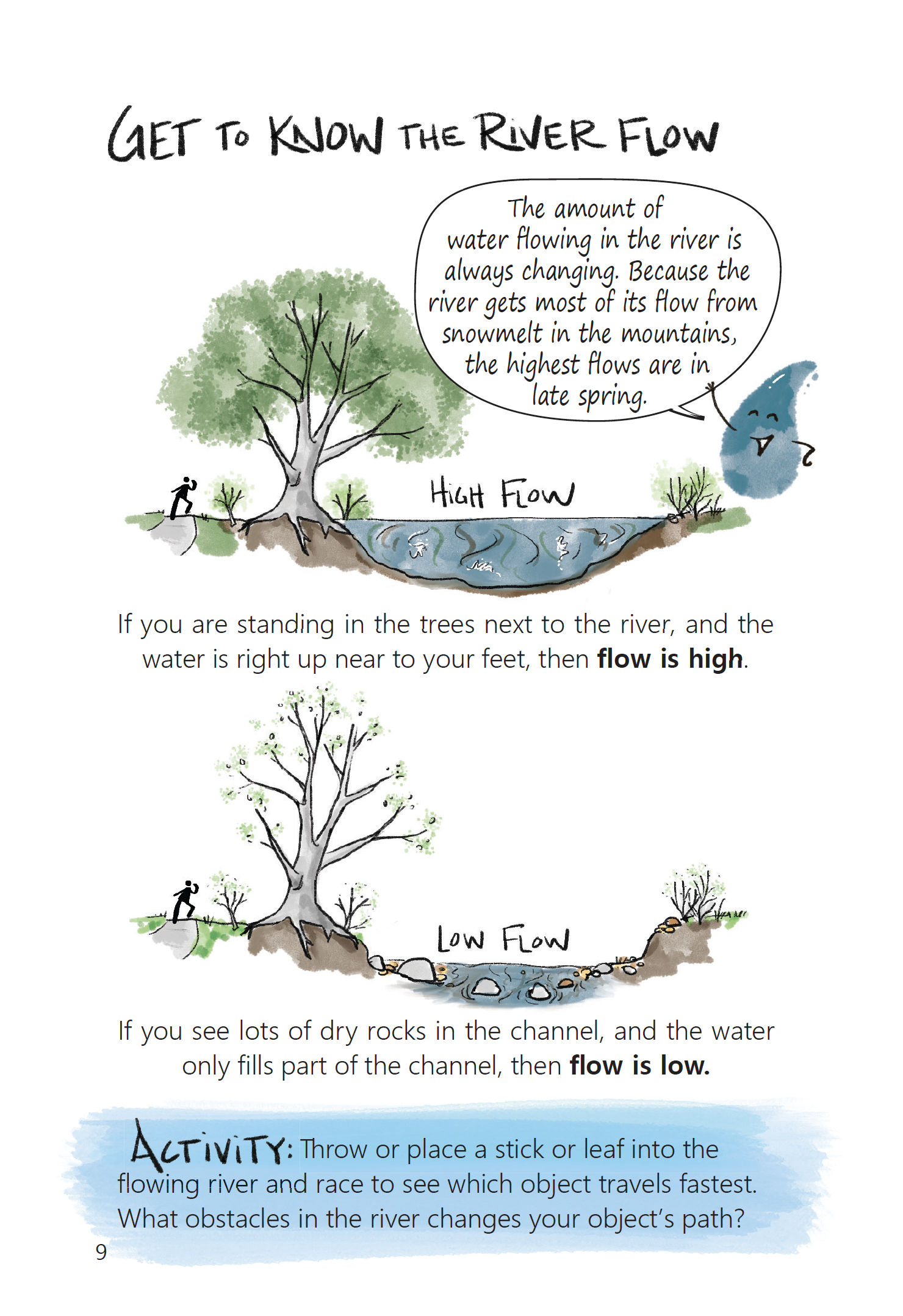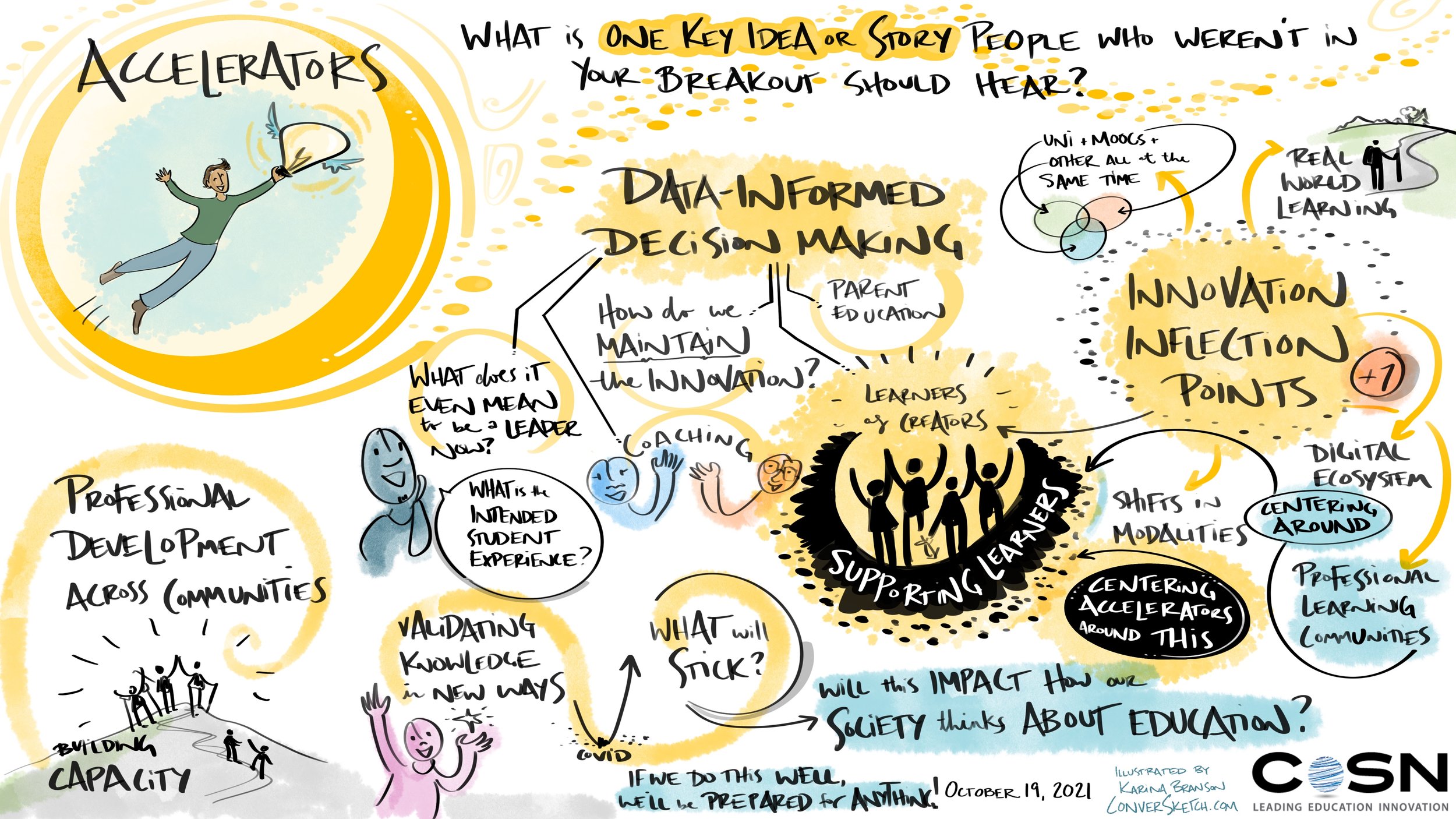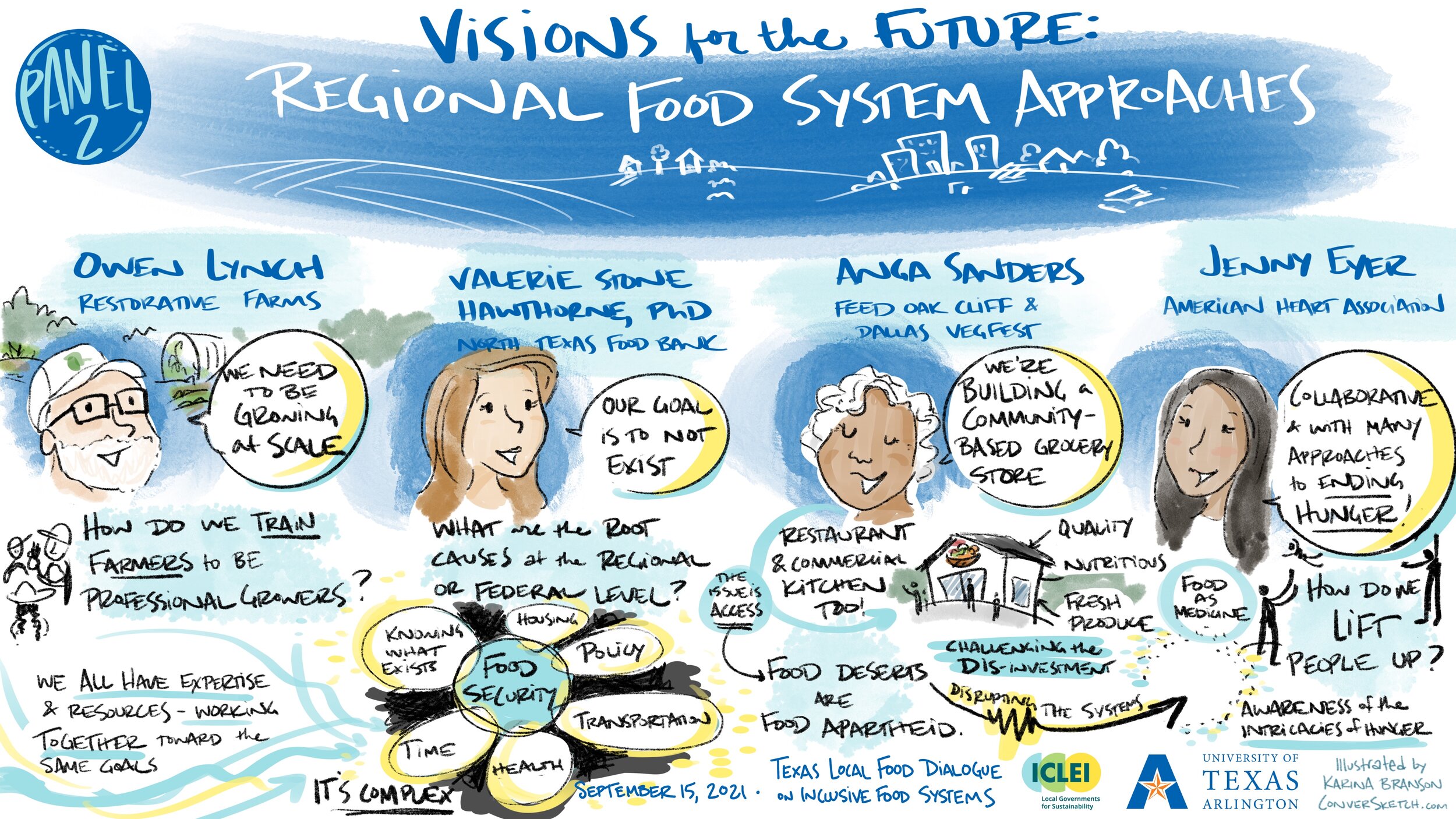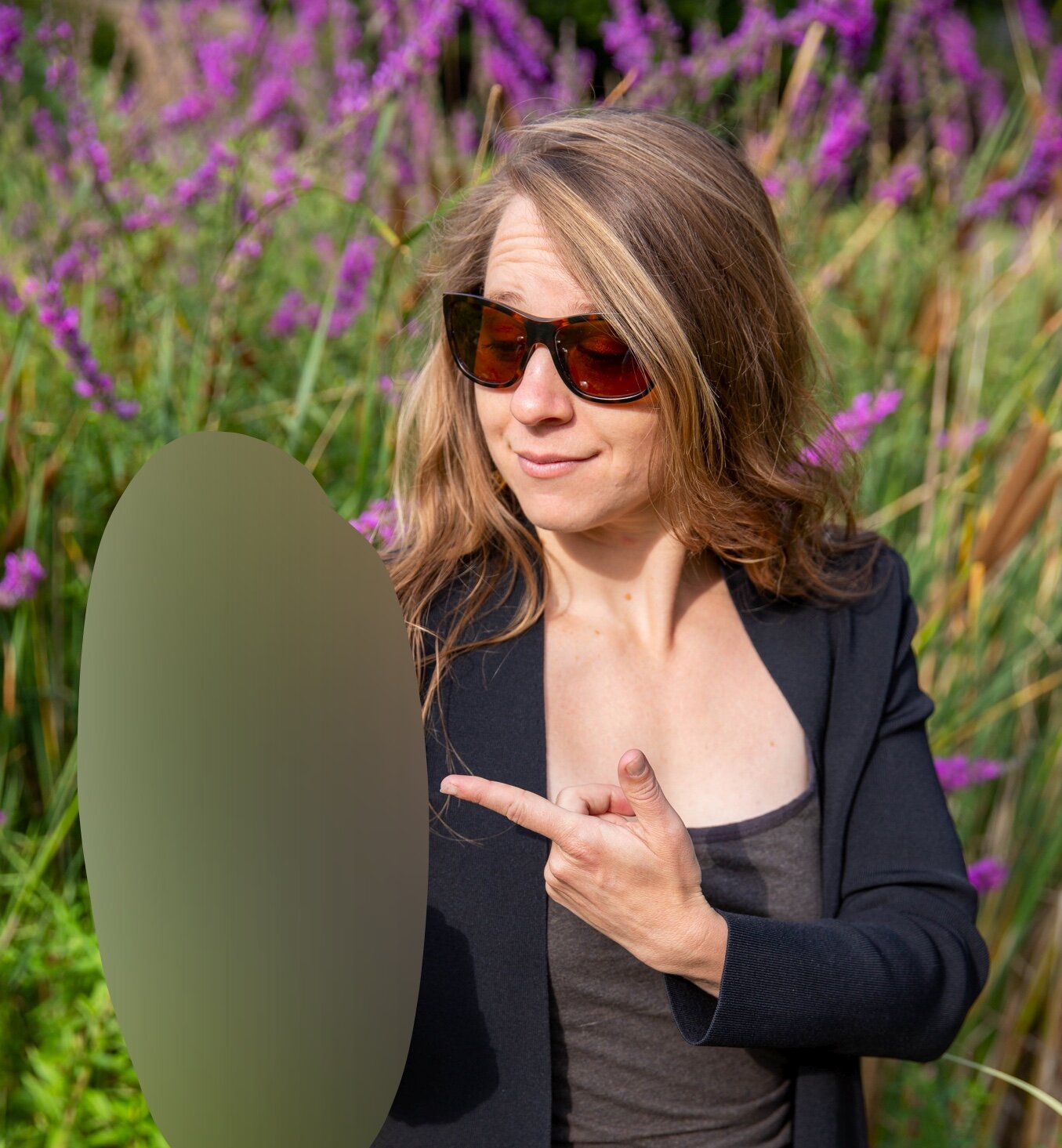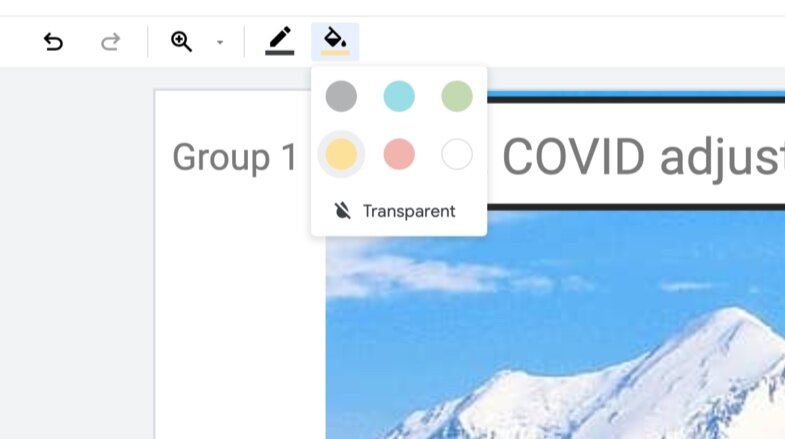Someone carrying on for multiple minutes, seemingly without taking a breath, about a topic unrelated to the task at hand.
A person keeps bringing up the same axe to grind…over, and over.
Two people are whispering the entire time.
80% of the group has a laptop out and a slightly glazed look in their eyes.
Any of this sound familiar?
Whether you call them ground rules, group agreements, or community norms, co-creating expectations for how a group will interact is one way to design a focused and purposeful meeting.
Why do group agreements work?
They define “rules of engagement” group agrees to
People communicate in different ways, and norms help us agree how to work with each other
Setting expectations for how the group will interact
Creating mechanisms for resolving tensions or conflict
Even taking just a minute to review previously established agreements is a powerful tool to ground participants and remind them that they’re not in just any meeting, they’re in this gathering space with an intentional environment that has been co-designed by the whole group. This is subtle yet important in shifting from “why do we need to be meeting?” to “I’m fully present and ready to contribute to this process.”
Here are some of the agreements commonly used in meetings I facilitate:
Speak from your experience and welcome others to speak from theirs
Step up when you have something to share, step back and make space for all voices to be heard
Listen to understand (not just waiting for your turn to talk)
It’s okay to disagree, but do so with curiosity not hostility (thanks to the Center for Public Deliberation for my personal favorite!)
And of course…Support the facilitator – help me help you as we move through the process
What agreements have surprised you with their effectiveness in supporting open and constructive conversations? Drop me a note – I’d love to learn from you!
If you’d like to jump deeper on designing excellent experiences, you can check out this post on why a clear purpose for a meeting supports everyone, or this one about why to design for connection.
Once again, thank you from my heart and soul for your support, great senses of humor, brilliant minds, collaboration and what you're each doing to make the world a better place.
Cheers,
Where in the Virtual World is ConverSketch?
Presenting at IFVP Online Learning Series: Email Marketing for the Win! 90 minutes of interactive goodness, happening on April 20th at 9am Mountain Time. Even thought it says 2021…it’s happening in a couple of weeks. You can find out more register here.
In the Studio: Storyboarding videos, illustrating research on seabirds and archaeology in Alaska and co-conspiring for effective engagement visioning for sustainable futures at a university. Here’s a snap of the research-turned-illustration!








